March 24th, 2007 | admin
Overlapping of yoga and Ayurveda is quite visible when one studies the chakra concept, which is the same in both yoga and Ayurveda. In yoga, one studies deeply about seven vital energy chakras located along the spinal cord, while Ayurveda just mentions about the chakras. However, Ayurveda never excludes any other knowledge. One becomes a complete Ayurvedic practitioner or follower only when he/she is able to appreciate other sciences and gain knowledge that is useful to humankind from them. Yoga happens to be one of them, which in turn follows Ayurvedic lifestyle regime in a stricter fashion.
Ayurveda is the oldest known complete medical system. It describes the world (universe) as a continuous stream of interaction energies. The interaction is mainly between the macrocosm (universe) and the microcosm (living things including man). There is a balance in the interaction. The balanced interaction gives humans and balanced mind, body and soul. Then the person is said to be living in harmonious with nature and with optimum health.
The universe is made up of five elements names akash, bhoomi, jal, vayu and agni. These five elements in turn make three humors (doshas) of living bodies – vata, pitta and kapha. Each living thing is a combination of all the three doshas. However in each person one or two doshas dominate. Only in rare cases can you find domination of all the three doshas. A balance in the doshas is essential for the illumination of Ojas, or the essential life energy of human body. According to Ayurveda, every living thing is a mass of constantly evolving energy, with Ojas as its essence or core. An abundance of Ojas means the person is bubbling with health and a deficiency is ill health.
The main centers to locate this energy are the seven major chakras located along the spinal cord. Chakra means a wheel. The energy chakras when healthy will continuously rotate clockwise and anti-clockwise rotation indicated ill health. Each chakra vibrates at specific frequency and supports different parts or functions of the body. There can be different factors that block this energy and bring ailments to body and mind. It also affect the spirituality of the person. Balancing and freeing up the chakras enables the person to attain peak performance in whatever he/she does. The support of energy will be maximum in such a balances state.
The seven Chakras
Yoga and Ayurveda suggests that there are seven different chakras, each with specific physiological and spiritual functions.
Mooladhara (muladhar) or Base Chakra
It is the first among the seven chakras and is located at the base of spinal cord. Basic survival instinct and adrenal functioning are due to the working of this chakra. A weak base/root chakra causes negative viewing of life and increased suicide tendency will be the results. Its color is yellow and shape is a square with four vermilion petals.
Svadhisthana
This is the second chakra located near the genital area and linked to sexuality and reproductive system. It is also linked to love, sexuality, mental composure, and enjoyment of life. Its color is blue and shape is circular with six petals and with a crescent.
Manipur (Manipuraka, Manipura)
The third chakra is located at the navel area, as an inverted red triangle within ten petals of a sunflower. Its color is golden and controls liver, stomach, small intestine and nervous system. Negative energies like anger, frustration etc blocks this chakra and causes hypertension and quick burnouts.
Anahata (Heart Chakra, Hridaya chakra)
This chakra, located at the chest area is associated with heart, immune system, love and compassion. It appears as a six-tailed star circles by 12 petals. Excess energy here can cause heart diseases, asthma, etc. This is regarded as the central chakra and the balancing power of whole body and living system.
Visudha (visuddhi, Throat Chakra)
Visudha is the fifth pranik chakra, located at the throat-neck area as a silver crescent within a ring of 16 radiating golden petals. It controls respiratory system and endocrine system. It also is associated with voice, hearing, and intake of food and water. Singers are blessed with a balanced visudha chakra. Nurturing this chakra by meditations gives peace of mind, pleasant and commanding voice, gentle nature and acceptability as a leader.
Ajna Chakra (Forehead chakra)
Ajna chakra, located at the forehead appears as a white circle circled by two petals. It controls some glands, parts of brain, eye and nose. Mental problems are associated with block of this chakra. Meditating this chakra is very difficult to impossible.
Sahasrara
Sahasrara is the last chakra, appearing as a full moon, above the crown. Controls brain and is related to spirituality and consciousness. Common people rarely identify the effect of this chakra and hence the chakra is not generally identified in different classifications.




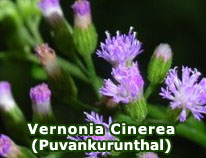
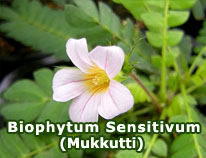

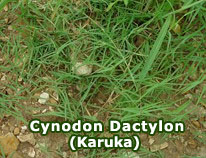

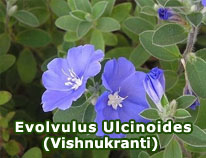
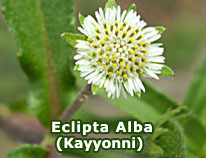
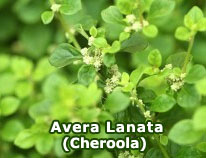
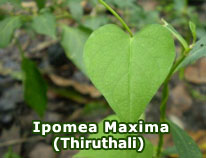
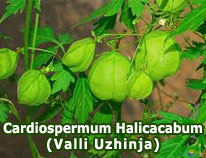
 Loading ...
Loading ...





